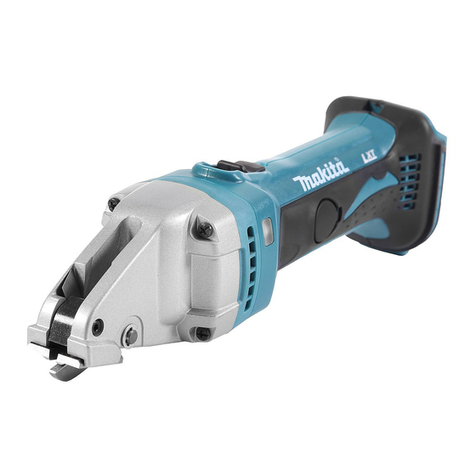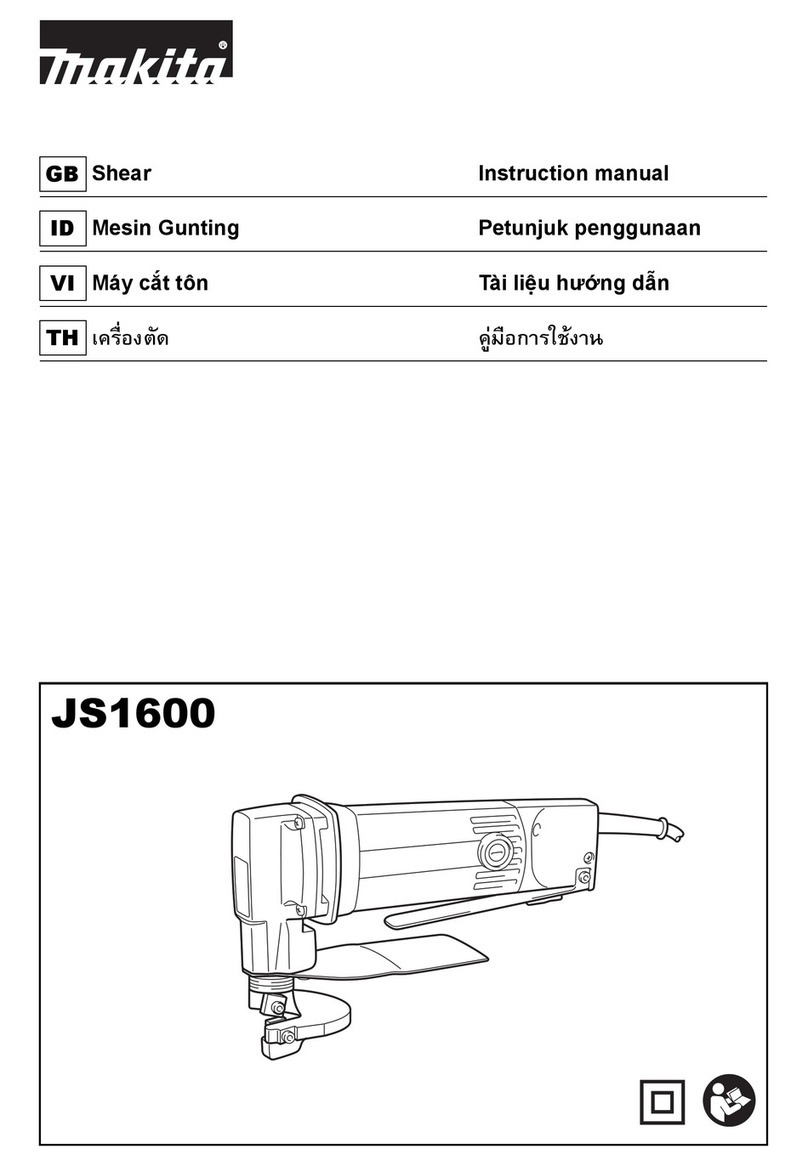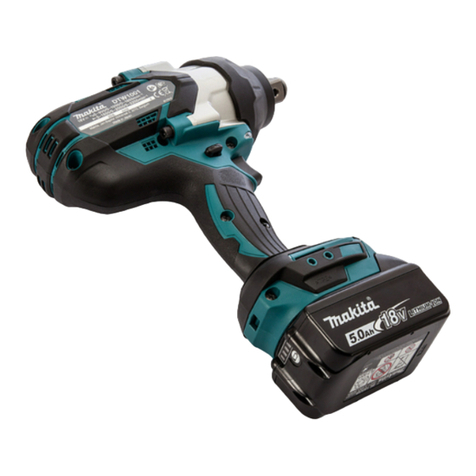Makita DHR182 User manual
Other Makita Power Tools manuals
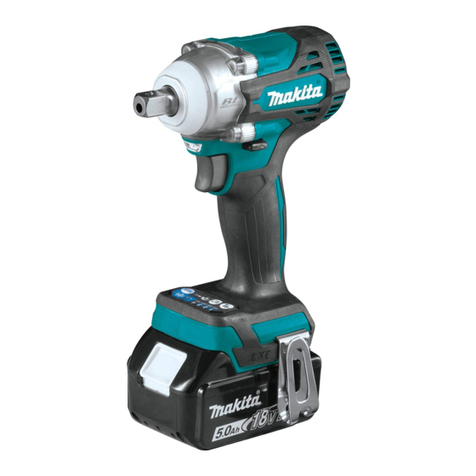
Makita
Makita XWT14 User manual
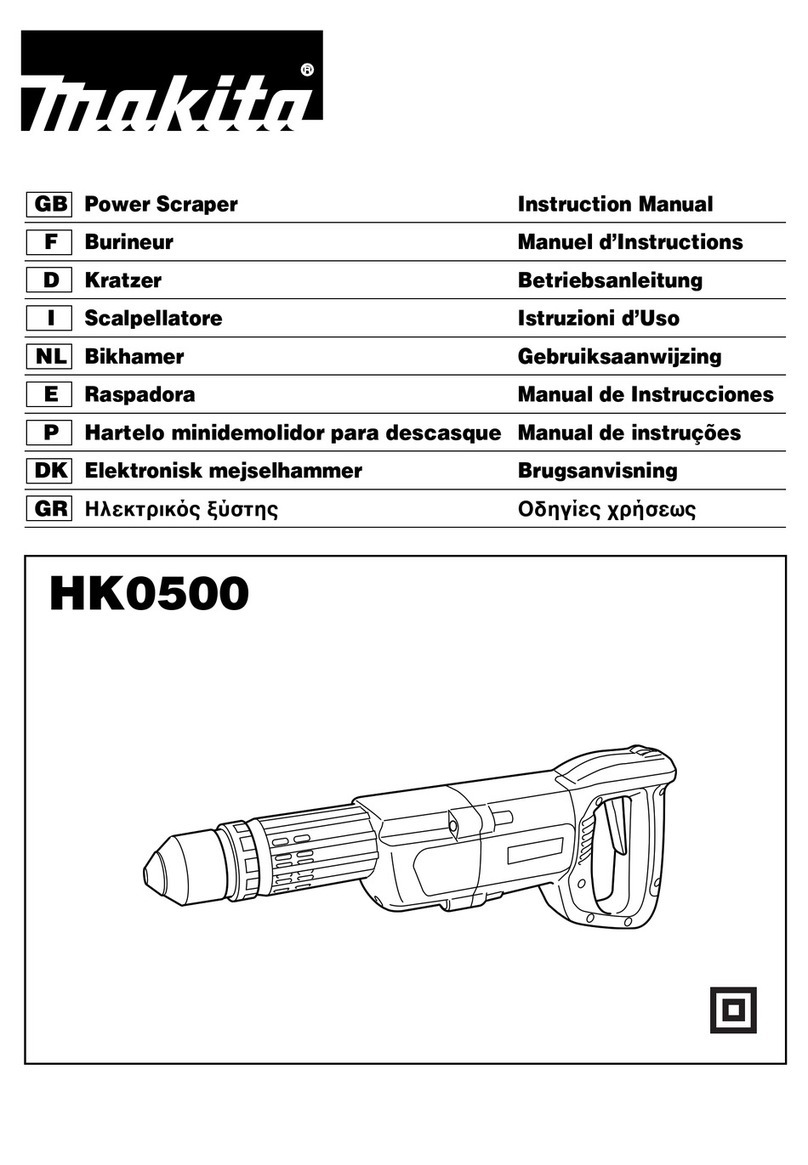
Makita
Makita HK0500 User manual
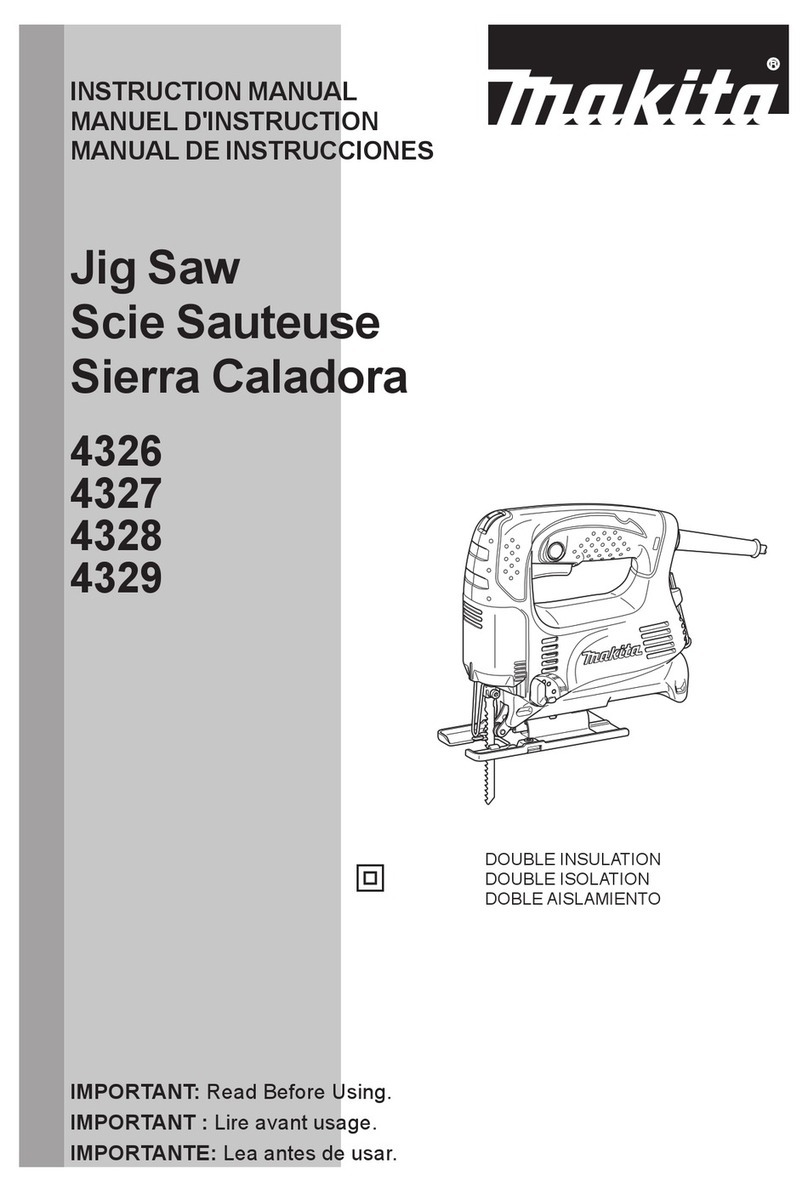
Makita
Makita 4326 User manual

Makita
Makita AN901 User manual
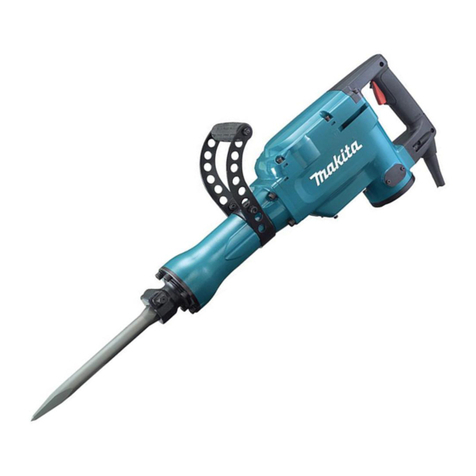
Makita
Makita HM1306 User manual
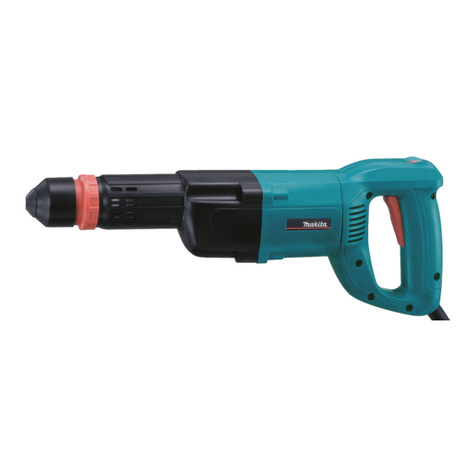
Makita
Makita HK0500 User manual
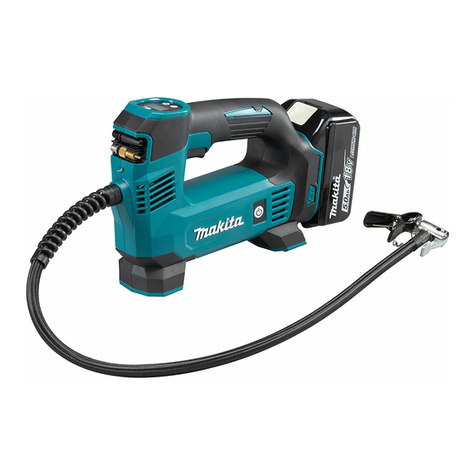
Makita
Makita DMP180RT1J User manual
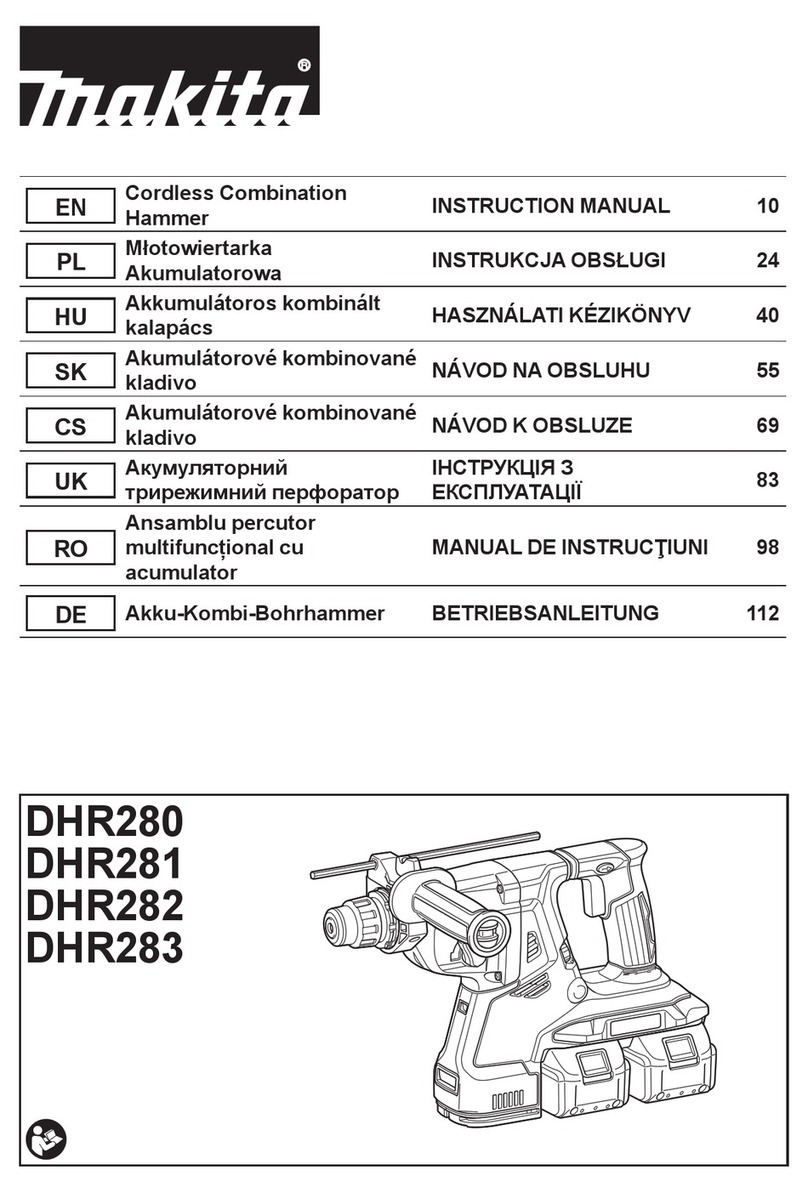
Makita
Makita DHR280 User manual
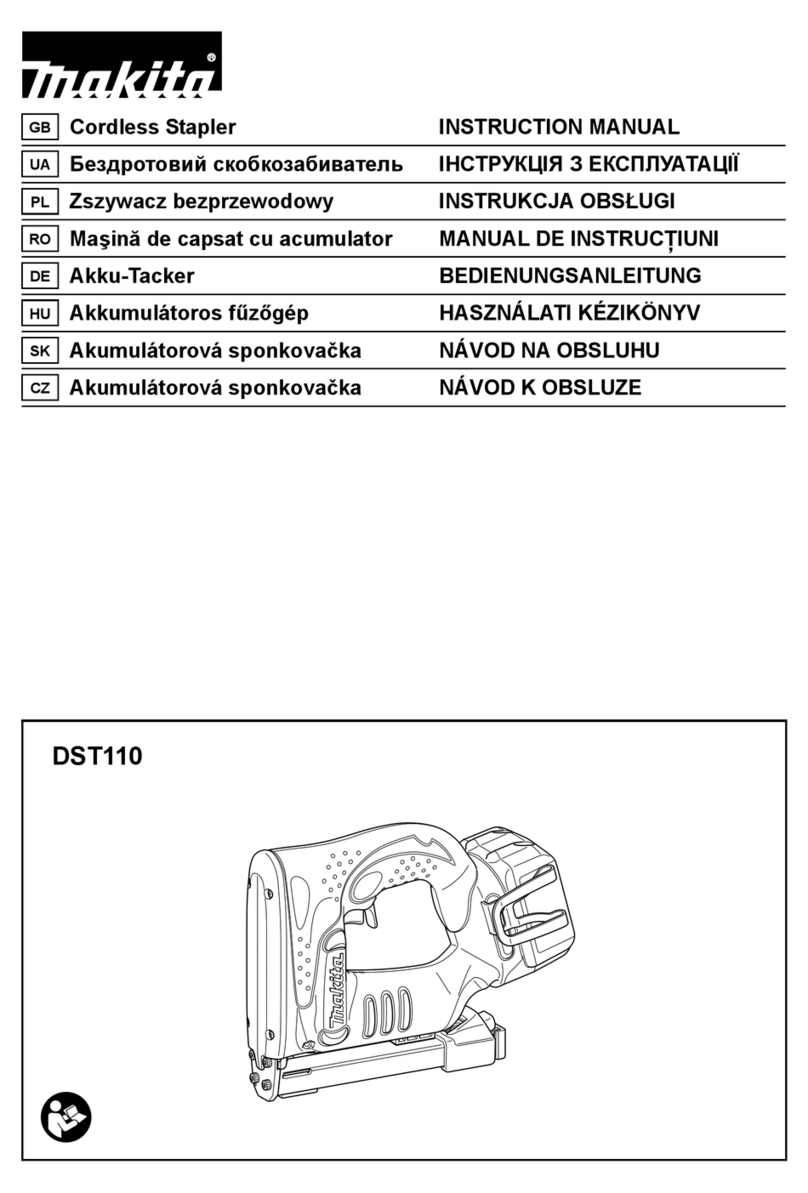
Makita
Makita DST110 User manual

Makita
Makita ST001G User manual

Makita
Makita DTW180 User manual
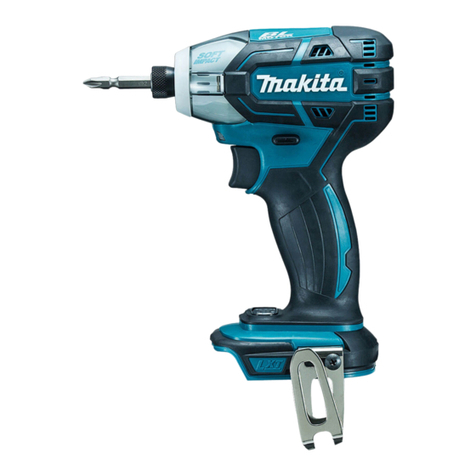
Makita
Makita DTS141 User manual
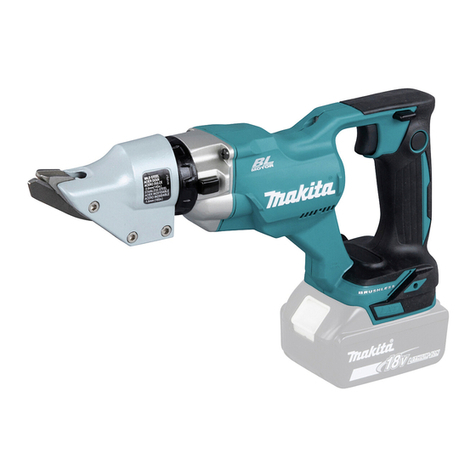
Makita
Makita DJS200 User manual
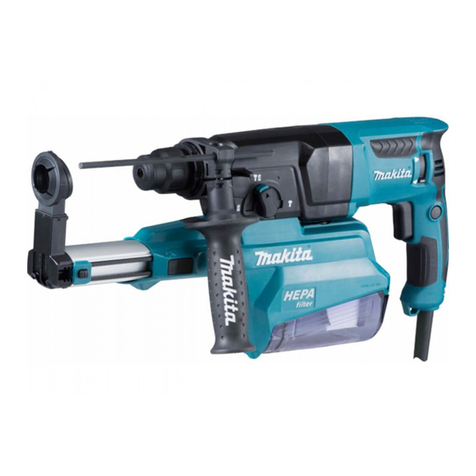
Makita
Makita HR2650 User manual
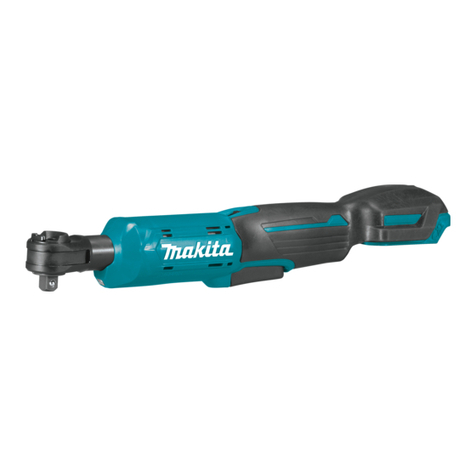
Makita
Makita RW01 User manual
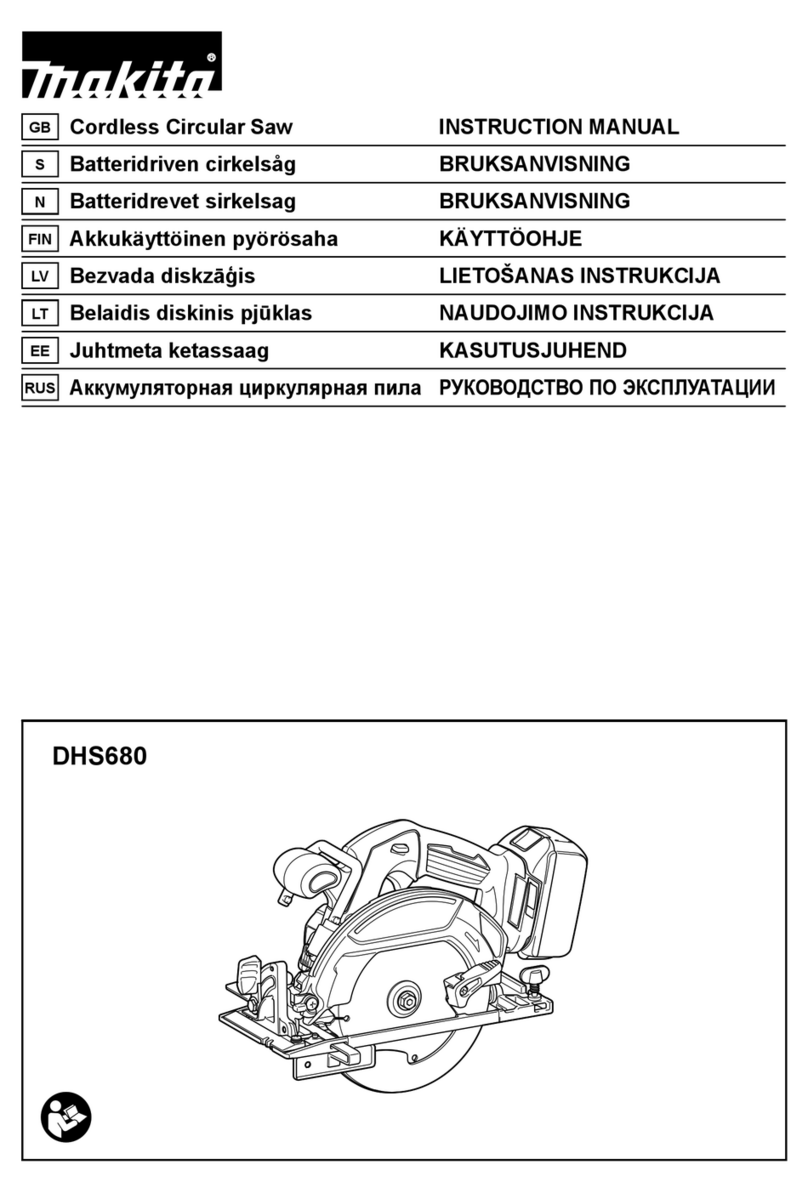
Makita
Makita DHS680 User manual

Makita
Makita DUX60ZNL1 User manual

Makita
Makita 4326 User manual

Makita
Makita BPJ140 User manual
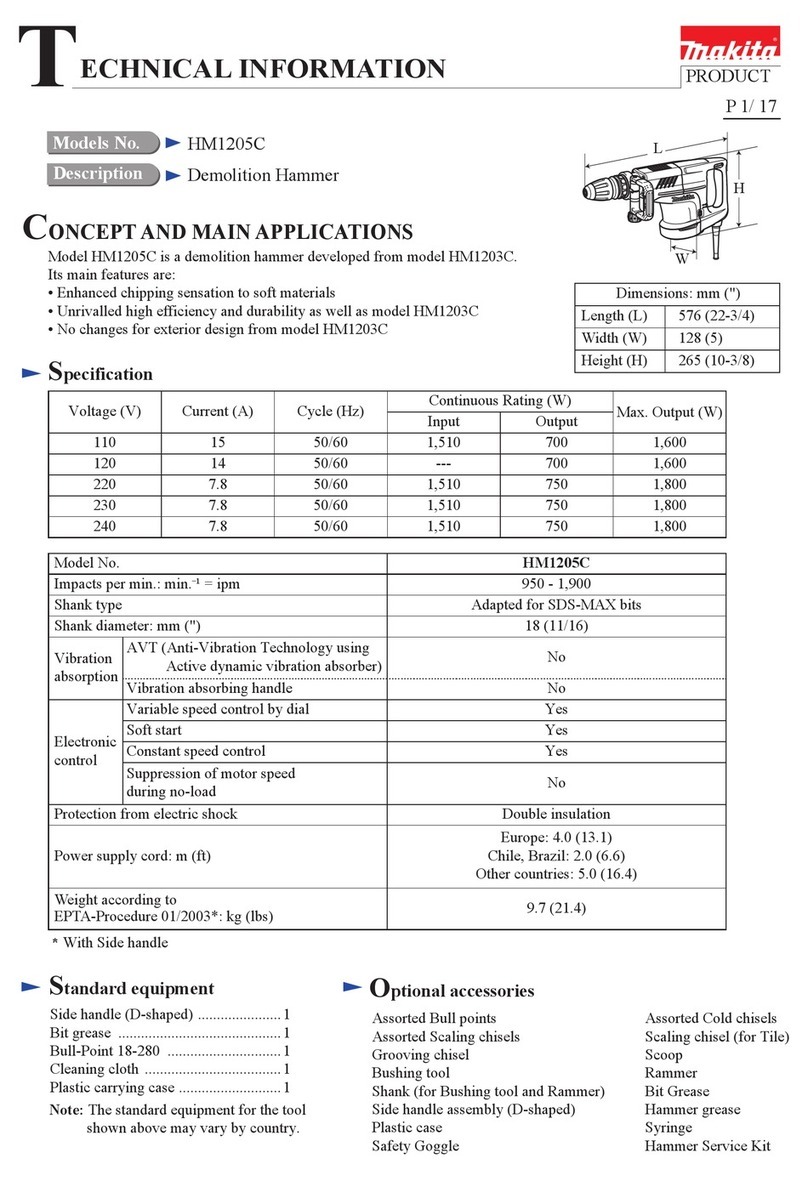
Makita
Makita HM1205C Manual
